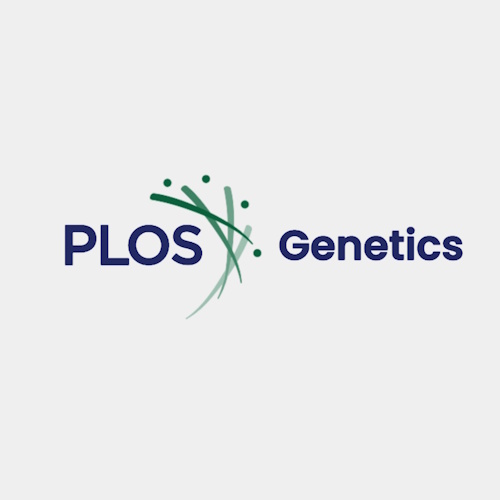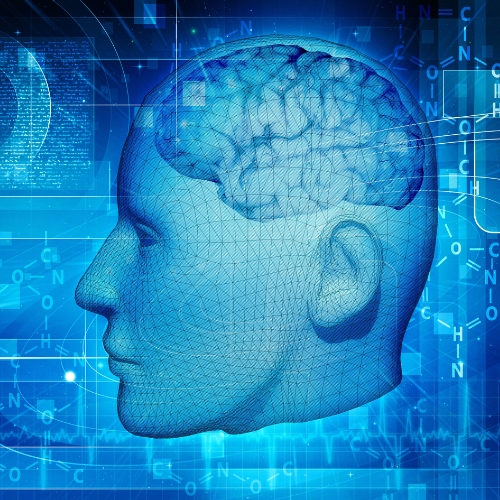Key points from article :
Researchers discovered how a particular light-sensitive gene mediates the effect of light on mood.
Period 1 (Per1) is one of the clock genes, which play key roles in the functioning of the body’s circadian rhythm.
Light-mediated induction of Per1 gene expression happens during the dark phase, regardless of whether animals are diurnal/nocturnal.
Examined the downstream effects of increased activity of Per1 in the lateral habenula on two other regions of the brain.
It inhibits or activates to keep the balance between the VTA and the nucleus accumbens to make a nice dosing of the dopamine.
“If you put light to this lateral habenula, you basically influence the balancer...and thereby influence indirectly mood,” - Urs Albrecht, Coauthor.
Light therapy is commonly used for seasonal affective disorder, it can also be effective for nonseasonal depression.
Light is safe, easy to administer, and nearly free, and it has a significant effect on the brain
Study by University of Fribourg published in PLOS Genetics.




